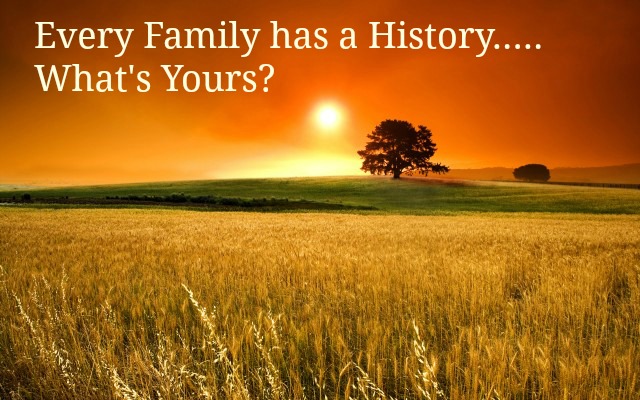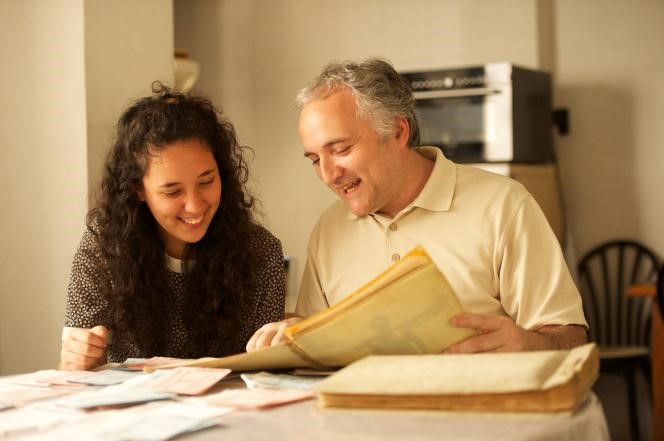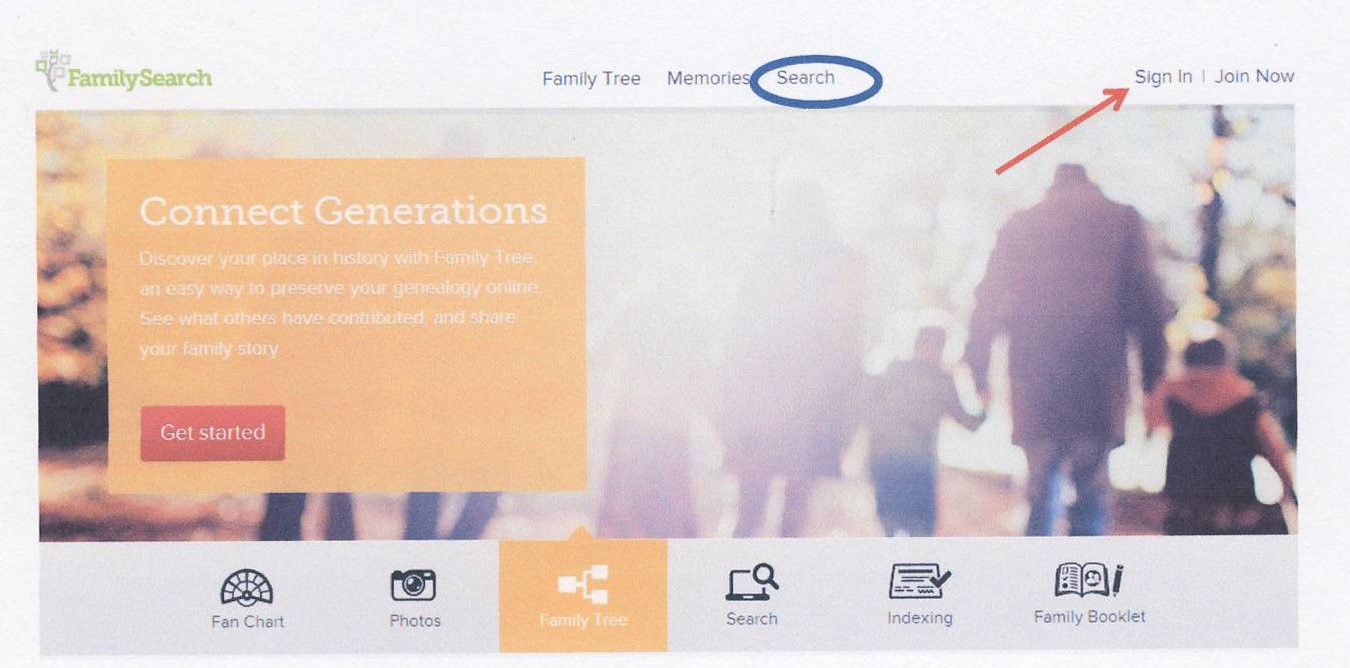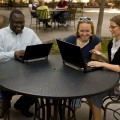Since the sequencing of the human genome was completed, scientists and others have explored what this new tool could be used for. Since DNA changes slightly with successive generations, DNA analysis can determine where your ancestors likely lived. That’s genetic genealogy. When the genealogical community started talking about using DNA to further genealogy research, I decided not to bother. I could see the potential value to someone who was adopted and had no information about their biological family but that wasn’t me.
I recently found this article by Christopher Burton that told the story of finding his birth family with DNA testing. Christopher discovered his birth family included people with whom he already had a treasured relationship. I found the story heart-warming and a testimony that Heavenly Father knows and loves each one of us.
Since I wasn’t adopted and through forty years of genealogical research I had discovered that I was of Irish, English, German and possibly Swiss descent, I couldn’t see the point of spending the money for DNA testing. Having your DNA tested is expensive and I decided that the money would be better spent purchasing records that would supply more definite information about my ancestors than just where they likely lived. My attitude came from not understanding how DNA results can be used.
I had my DNA tested last year but not for genealogy purposes. I have a chronic health condition that one doctor said might be the result of one or more gene mutations. I chose to be tested through 23 and Me which allows you to download your raw DNA data so that it can be tested for specific gene mutations that cause health issues. 23 and Me also analyzes your DNA for its genealogical information.
Ancestry.com and FamilytreeDNA.com and others also offer DNA tests for genealogists. Having taken the test for health reasons, I thought I might as well see if my DNA analysis might help with my family history research. That’s when I discovered that DNA testing wasn’t for finding your deceased ancestors, it’s for finding your living cousins and working with them to find your deceased ancestors.
All the DNA testing services designed for family history have similar tools for helping you connect people to whom you are related. Since I am familiar with 23 and Me and its tools, those are the ones I will describe. My 23 and Me account provides a page on which I can see information regarding those people who match my DNA who have also tested through 23 and Me. One of the limitations of DNA testing is that you can only be matched to people who have used the same testing service. In order to protect other people’s privacy, I can’t post a screen shot of my DNA matches page, so I will do my best to describe it instead.
The results in the list view are arranged like a spreadsheet with columns and rows. The first column may contain the person’s name but sometimes just identifies their gender. I am always the person on the top row. The next column contains my predicted relationship to the person. It might say close relative or 2nd to 4th cousin or 3rd to 6th cousin. What a 2nd, 3rd or 4th cousin is can be a little confusing.
You share a grandparent as a common ancestor with a 1st cousin. You share a great-grandparent with a 2nd cousin. You and a 3rd cousin have a great-great-grandparent as a common ancestor. For 4th through 6th cousins, repeat the pattern of adding another “great” to grandparent. By the time you get to a 6th cousin, your common ancestor is a great-great-great-great-great-grandparent. The third column always contains some information about their DNA. It can also contain other various information depending what the person chooses to share. It might include ancestral surnames and ancestral places. The last column contains information about the person can be contacted.
So what can you do with all this information? Remember the goal is to find someone who knows something about the ancestors that you are researching. A 2nd to 4th cousin would likely be more able to help you than a 5th or 6th cousin. Look next at the ancestral surnames and ancestral places the person has listed. If you have a 2nd to 4th cousin with whom you share an ancestral name and ancestral place, that’s someone you will want to contact.
So far, I have been fortunate to find one such match. Melinda is my 3rd cousin and has introduced me to several other cousins by way of email and Facebook. From them I have received pictures and stories of ancestors that I didn’t have.
I have not included details of the science of DNA and the various DNA tests available because I am still learning that information myself. The recently concluded genealogical conference, Roots Tech included a great presentation on genetic genealogy.
If my article increased your interest in the subject of genetic genealogy, I think you will enjoy this recorded presentation on the subject.
About Christine Bell
Christine Bell has been seeking her ancestor for almost forty years and continues to find joy in each one she finds. She volunteers in a Family Search Family History Center where she helps others find their ancestors. As a convert to The Church of Jesus Christ of Latter-Saints, she is grateful to be a member of the Church. She is a wife, mother of six grown children, grandmother of five going on six, and currently living in the western United States. Christine enjoys spending time with family and creating quilts for family, friends and Humanitarian Services of The Church of Jesus Christ of Latter-day Saints.








